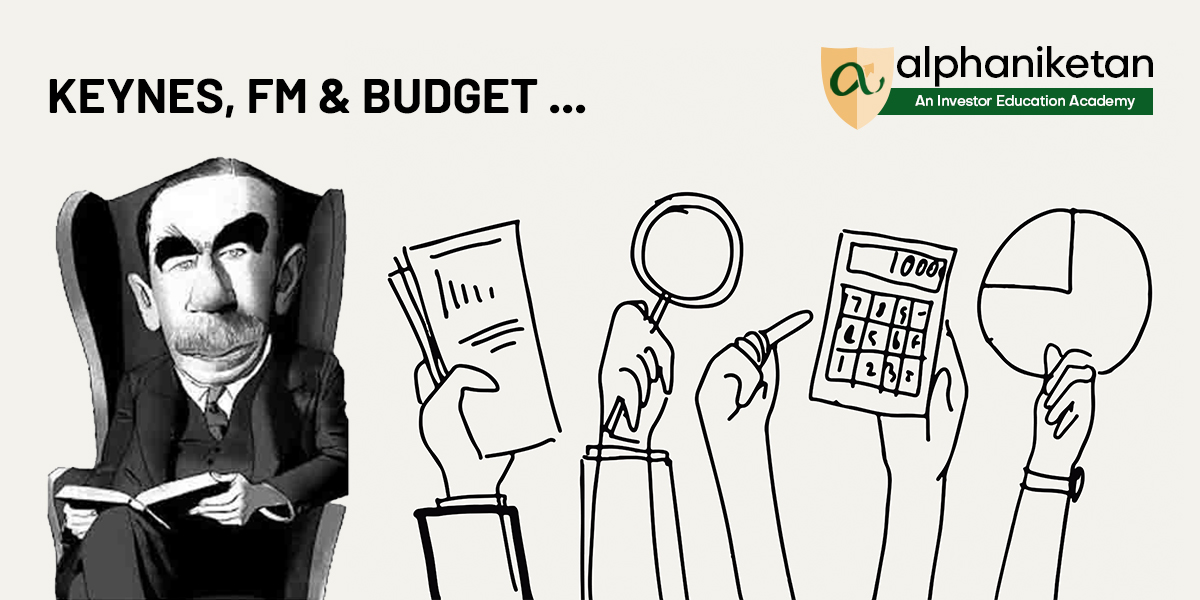The world remembers British economist John Maynard Keynes regularly in cycles. In a crisis, no economic discussion is complete without acknowledging him. Keynes argued in the 1930s that governments could stimulate the demand in an economy by boosting consumption, investment, government spending, and exports.
The rich world is already stimulating demand by spending on infrastructure. America recently announced more than a trillion dollars’ worth of an infrastructure plan. Europe and Japan are not far behind. There is a very well-articulated argument for investments by the state in infrastructure. A study by Global Investment Hub, a think-tank promoted by the G20 group of nations, found that public investment is more effective than any other type of public spending in increasing economic output. “Public investment has an average fiscal multiplier of about 0.8 within one year, and around 1.5 within 2 to 5 years,” the study said that claims to have analyzed over 3,000 estimates of the fiscal multiplier from over 200 academic studies conducted over 25 years.
As India’s economic growth inches towards the pre-pandemic levels, finance minister Nirmala Sitharaman presented a Budget that duly remembered Keynes. She announced a significant boost to government spending on infrastructure. She said in her speech that the Rs 100 trillion PM Gatishakti plan envisages investments in roads, railways, ports, airports, mass transport, waterways, and logistics. She argued that the public expenditure would eventually crowd in private investment.
The government announced the rationalization of direct taxes two years ago to boost consumption. There are no revisions in personal income tax rates. With simple tax planning, those earning up to Rs 5,00,000 per annum pay little or no tax. That covers about 90% of those who file tax returns. The government also boosted the Mahatma Gandhi National Rural Employment Guarantee Scheme budget. For 2022-23, the allocation has been maintained. Both rural and urban consumption is expected to pick up as India gradually opens for business after a bout of the Omicron variant.
Last year, the government announced production-linked incentives or PLI schemes to boost manufacturing and exports. The Budget this year continues to expand the scope of the PLI scheme to include the 5G telecom ecosystem.
The government seems to have taken note of all tenets of Keynesian economics.
If we assume that India would see growth accelerating over the next two years, that is a leg up for large listed companies that most analysts project would report a strong earnings growth over the next two years.
As interest rates firm up worldwide and in India, banks and other financial services firms are looking to lend more to individuals and businesses. The excitement in the credit market would encourage infrastructure companies to borrow more based on projects. The Union Budget 2022-23 allocates Rs 1,87,744 to roads and highways alone. That is a quarter of the total capital expenditure proposed for the year. Companies riding on government contracts have already witnessed a jump in share prices.
As you review your investments, you should not be surprised if the infrastructure sector stays as a leading theme for this decade.
References:
https://www.jpmorgan.com/commercial-banking/insights/the-economic-case-for-infrastructure-spending
https://cdn.gihub.org/umbraco/media/4336/gihub_infrastructuremonitor2021_executive-summary_jan.pdf
Thank you for reading this post, don't forget to subscribe!




